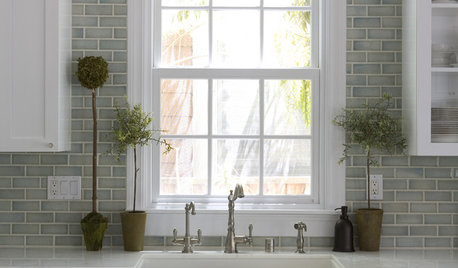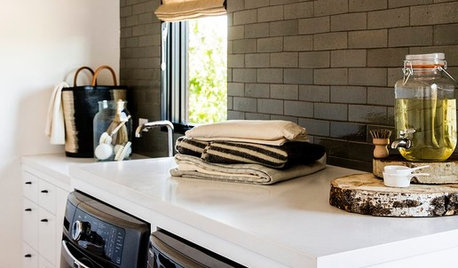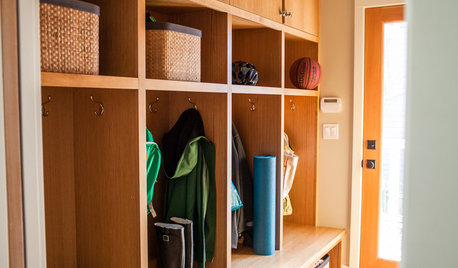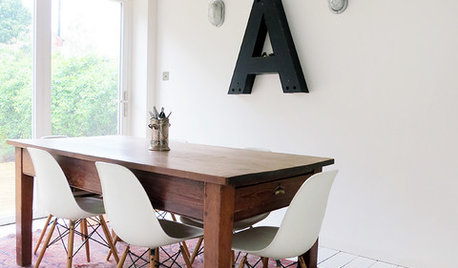Cleaning up the brambles. help!
gayle0000
16 years ago
Related Stories

Indoor Gardener: Topiaries Help Rooms Shape Up
Undeniably sculptural, topiaries in modern geometric to classic round shapes bring fresh artfulness to the home
Full Story
HOUSEKEEPINGClean Up Your Cleanup Zones
Make chore time more pleasant by tidying up your laundry room and updating cleaning tools
Full Story
THE HARDWORKING HOMEMudrooms That Really Clean Up
The Hardworking Home: Houzz readers get down and dirty with their ideas for one of the home’s hardest-working rooms
Full Story
FALL GARDENING7 Reasons Not to Clean Up Your Fall Garden
Before you pluck and rake, consider wildlife, the health of your plants and your own right to relax
Full Story
HOUZZ TOURSHouzz Tour: An Eclectic London Townhouse Cleans Up
White finishes strategically juiced up with color give a newly renovated Victorian graphic style
Full Story
SELLING YOUR HOUSE5 Savvy Fixes to Help Your Home Sell
Get the maximum return on your spruce-up dollars by putting your money in the areas buyers care most about
Full Story
HOUSEKEEPINGThree More Magic Words to Help the Housekeeping Get Done
As a follow-up to "How about now?" these three words can help you check more chores off your list
Full Story
ARCHITECTUREHouse-Hunting Help: If You Could Pick Your Home Style ...
Love an open layout? Steer clear of Victorians. Hate stairs? Sidle up to a ranch. Whatever home you're looking for, this guide can help
Full Story
KITCHEN DESIGNHere's Help for Your Next Appliance Shopping Trip
It may be time to think about your appliances in a new way. These guides can help you set up your kitchen for how you like to cook
Full Story
REMODELING GUIDESWisdom to Help Your Relationship Survive a Remodel
Spend less time patching up partnerships and more time spackling and sanding with this insight from a Houzz remodeling survey
Full Story






bob64
doriang
Related Professionals
Holly Springs Landscape Architects & Landscape Designers · Graham Landscape Architects & Landscape Designers · Dallas Landscape Contractors · Lakeville Landscape Contractors · Tehachapi Landscape Contractors · Thornton Landscape Contractors · La Canada Flintridge Fence Contractors · Laguna Hills Fence Contractors · Leander Fence Contractors · Libertyville Fence Contractors · Piedmont Fence Contractors · Sandy Springs Fence Contractors · Camp Springs Siding & Exteriors · Fairfax Siding & Exteriors · South Plainfield Siding & Exteriorsgayle0000Original Author
joepyeweed
mbuckmaster
aphrodite
giantslug
gayle0000Original Author
arcy_gw
dandy_line (Z3b N Cent Mn)
ncdirtdigger
terrene
gayle0000Original Author
myrtle_59
myrtle_59
arcy_gw
amyruth33
joepyeweed
gayle0000Original Author
tkhooper
evonnestoryteller
arcy_gw